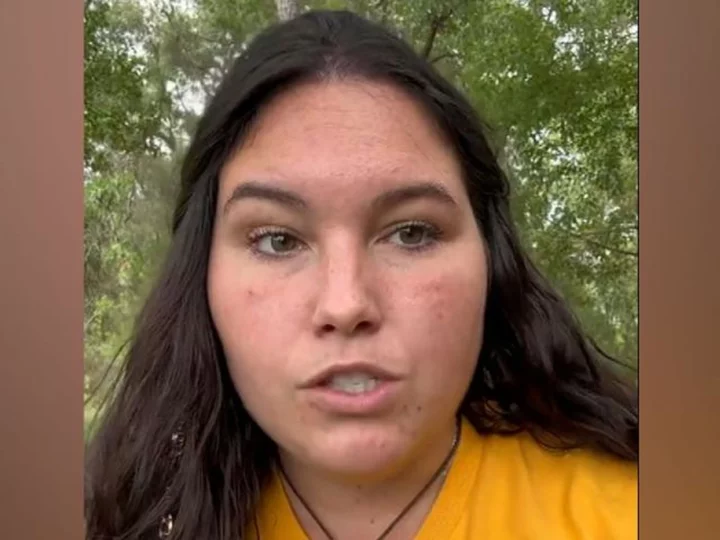For most kids in the United States, August marks the start of back to school season. They probably aren’t thrilled to start hitting the books again. But taking a look at what American schools were like in the 1800s might convince them how much tougher it could be—and just how good they’ve got it.
1. In some areas, school was once taught in a single room.
In the 19th and early 20th centuries, one room schoolhouses were the norm in rural areas. A single teacher taught grades one through eight together. The youngest students—called Abecedarians, because they would learn their ABCs—sat in the front, while the oldest sat in the back. The room was heated by a single wood stove.
2. There was no transportation to get to school.
All those stories you hear about people having to walk five miles to school, uphill both ways, have a bit of truth to them. Most schoolhouses were built to serve students living within four or five miles, which was considered close enough for them to walk.
3. Boys and girls were sometimes separated.
At some schools, boys and girls entered through separate doors; they were also kept apart for lessons.
4. The school year was much shorter.
When the Department of Education first began gathering data on the subject in the 1869–70 school year [PDF], students attended school for about 132 days (the standard year these days is 180) depending on when they were needed to help their families harvest crops. Attendance was just 59 percent. School days typically started at 9 a.m. and wrapped up at 2 p.m. or 4 p.m., depending on the area; there was one hour for recess and lunch, which was called “nooning."
5. There were no fancy school supplies.
Forget Trapper Keepers and gel pens. In the 19th and early-20th centuries, students made do with just a slate and some chalk [PDF].
6. Students might help the teacher teach.
In the monitorial or Lancasterian system, the older, stronger students learned lessons directly from the teacher, then taught the younger, weaker students.
7. Lessons were much different in the 19th and early 20th centuries.
Teachers taught subjects including reading, writing, arithmetic, history, grammar, rhetoric, and geography (you can see some 19th century textbooks here). Students would memorize their lessons, and the teacher would bring them to the front of the room as a class to recite what they’d learned—so the teacher could correct them on things like pronunciation on the spot—while the other students continued to work behind them.
8. Teachers sometimes lived with their students’ families.
According to Michael Day at the Country School Association of America, this practice was called “boarding round,” and it often involved the teacher moving from one students’ house to the next as often as every week. As one Wisconsin teacher wrote of boarding with families in 1851:
“I found it very unpleasant, especially during the winter and spring terms, for one week I would board where I would have a comfortable room; the next week my room would be so open that the snow would blow in, and sometimes I would find it on my bed, and also in it. A part of the places where I boarded I had flannel sheets to sleep in; and the others cotton. But the most unpleasant part was being obliged to walk through the snow and water. I suffered much from colds and a cough.”
9. Discipline was very strict.
Sure, stepping out of line in the 1800s and early 1900s could result in detention, suspension, or expulsion, but it could also result in a lashing. According to a document [PDF] outlining student and teacher rules created by the Board of Education in Franklin, Ohio, from 1883,
“Pupils may be detained at any recess or not exceeding fifteen minutes after the hour for closing the afternoon session, when the teacher deems such detention necessary, for the commitment of lessons or for the enforcement of discipline. … Whenever it shall become necessary for teachers to resort to corporal punishment, the same shall not be inflicted upon head or hands of the pupil.”
Not all places had such a rule, though; in other areas, teachers could use a ruler or pointer to lash a student’s knuckles or palms [PDF]. Other punishments included holding a heavy book for more than an hour and writing “I will not …” do a certain activity on the blackboard 100 times.
10. No lunches were provided by the school in the 1800s.
Instead, kids brought their lunches to school in metal pails. Every student drank water from a bucket filled by the older boys using the same tin cup. That began to change in the this early 1900s.
11. For many students, education ended with eighth grade.
In order to graduate, students would have to pass a final exam. You can see a sample of a typical eighth grade exam in Nebraska circa 1895 in this PDF. It includes questions like “Name the parts of speech and define those that have no modifications,” “A wagon box is 2 ft. deep, 10 feet long, and 3 ft. wide. How many bushels of wheat will it hold?,” and “What are elementary sounds? How classified?”
A version of this story originally ran in 2016; it has been updated for 2023.
This article was originally published on www.mentalfloss.com as 11 Ways School Was Different in the 1800s.









